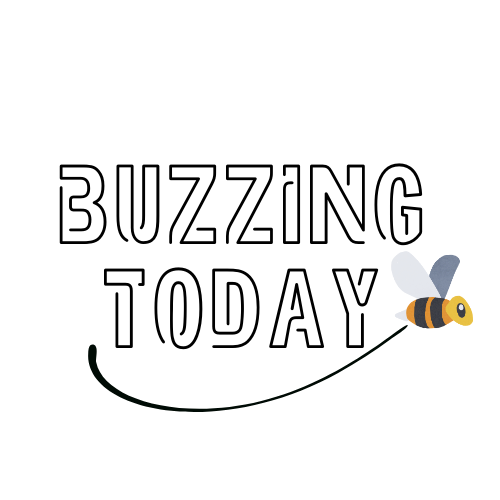Seabirds that nest in great colonies are a little more visible. Such dense nesting also makes them more vulnerable to contagious disease, and many kinds are long-lived, maturing at relatively late ages, which leaves their populations slower to rebound. During nesting season last May, at a colony of sandwich terns on the coast of France, observers counted more than 1,000 tern corpses. France as a whole may have lost 10 percent of its breeding population within a week. At remote island sites in Britain, such as Orkney and the Shetlands, the great skua seems to have suffered die-offs of up to 85 percent.
Any such bird flu, so deadly, is called highly pathogenic avian influenza, or H.P.A.I. That label was once applied to viruses that infect chickens. Until this century, these kinds of viruses were virtually unknown among wild birds. The exception was an event in 1961, when 1,300 common terns showed up dead along the coast of South Africa. The cause was a new avian virus of the general sort that — we now know — wild aquatic birds carry endemically and sometimes spill into domestic birds, pigs and humans. For decades after that tern die-off, though, no other influenza so virulent was detected in wild birds. New influenzas did come from wild birds, yes, but in milder form, usually sickening domestic birds little or not at all. Evolving to become more lethal was something that happened, so far as science could see, mainly among farmed poultry.
A Belgian epidemiologist, Marius Gilbert, led a 2018 study of this phenomenon. Dr. Gilbert and his colleagues reviewed 39 cases in which a mild avian influenza had evolved into a killer virus. All but two of those 39 known conversions occurred among commercial poultry.
Is it going too far, I recently asked Dr. Gilbert, to conclude that commercial poultry farms are what deliver the problem of virulent influenzas upon us humans, and also upon wild birds? “No. I don’t think it’s too far,” he said. “But we have to bring nuance to that statement.”
“Commercial poultry” can mean there’s a vast and dense aggregation of birds — thousands, or hundreds of thousands, in industrial-scale operations — or it can mean 10 chickens and six ducks in the backyard of a family in a rural village. The ducks share the rice paddy with wild birds passing through, and some of the chickens are sent live to a local market. Viruses flow in every direction, including to the children who tend the ducks.


